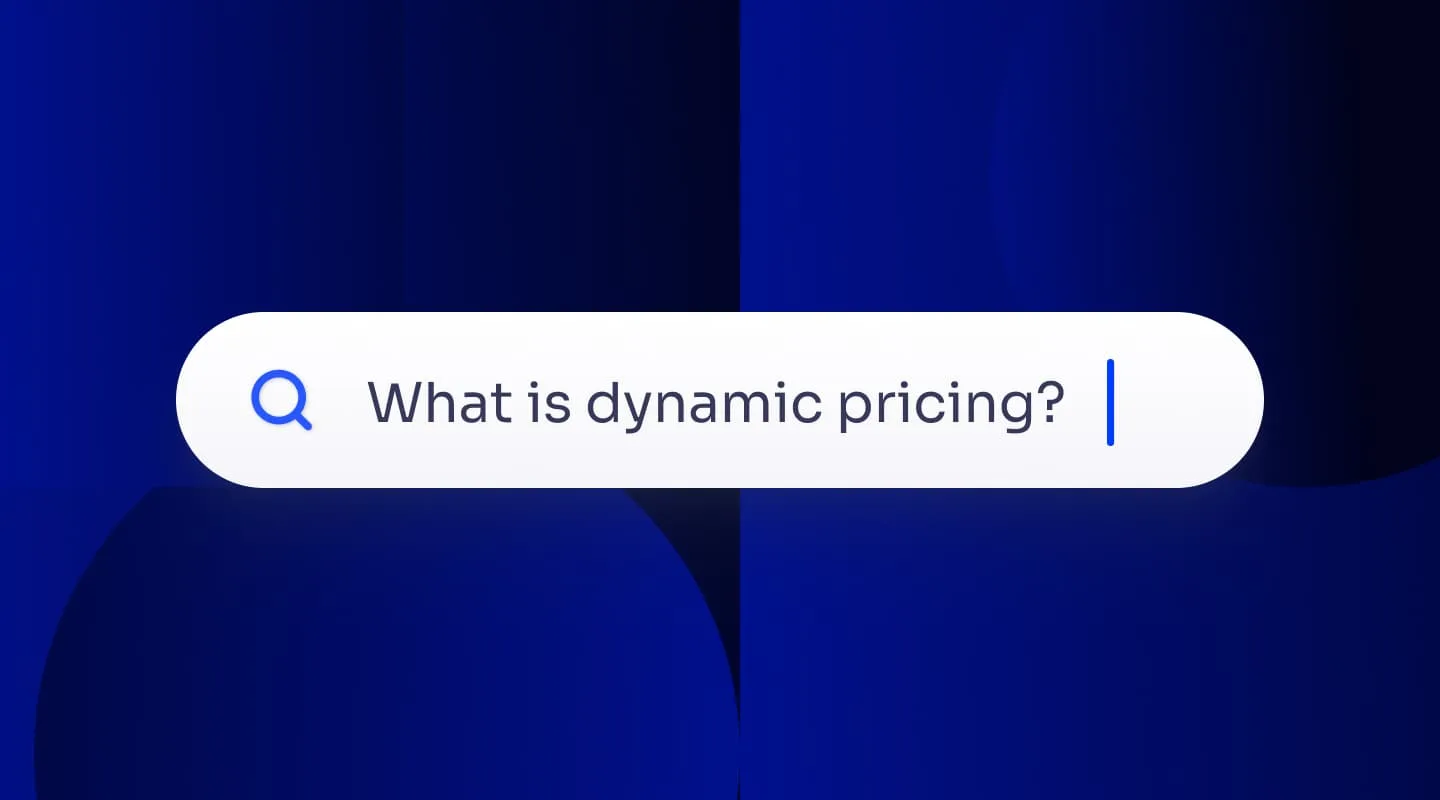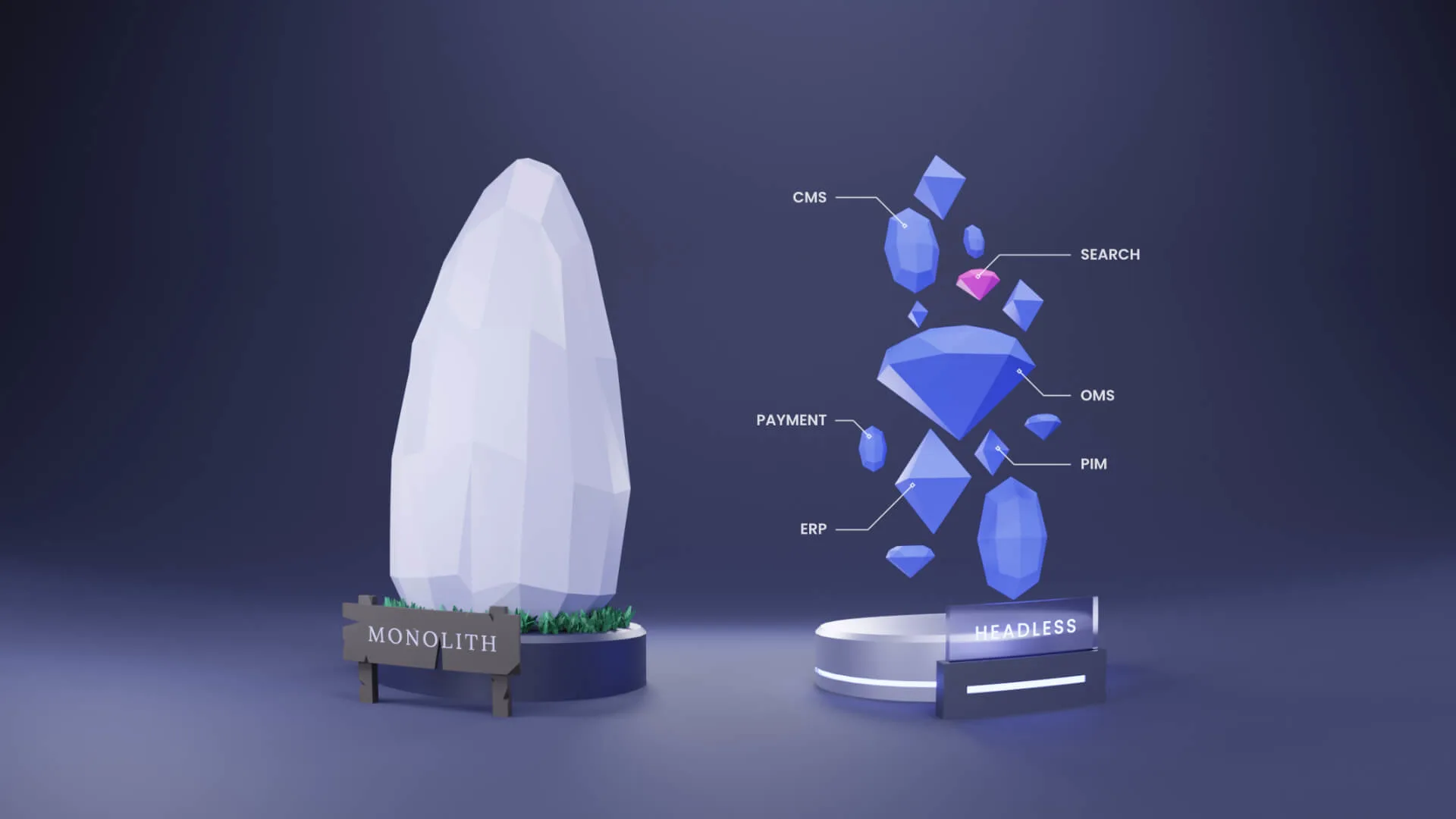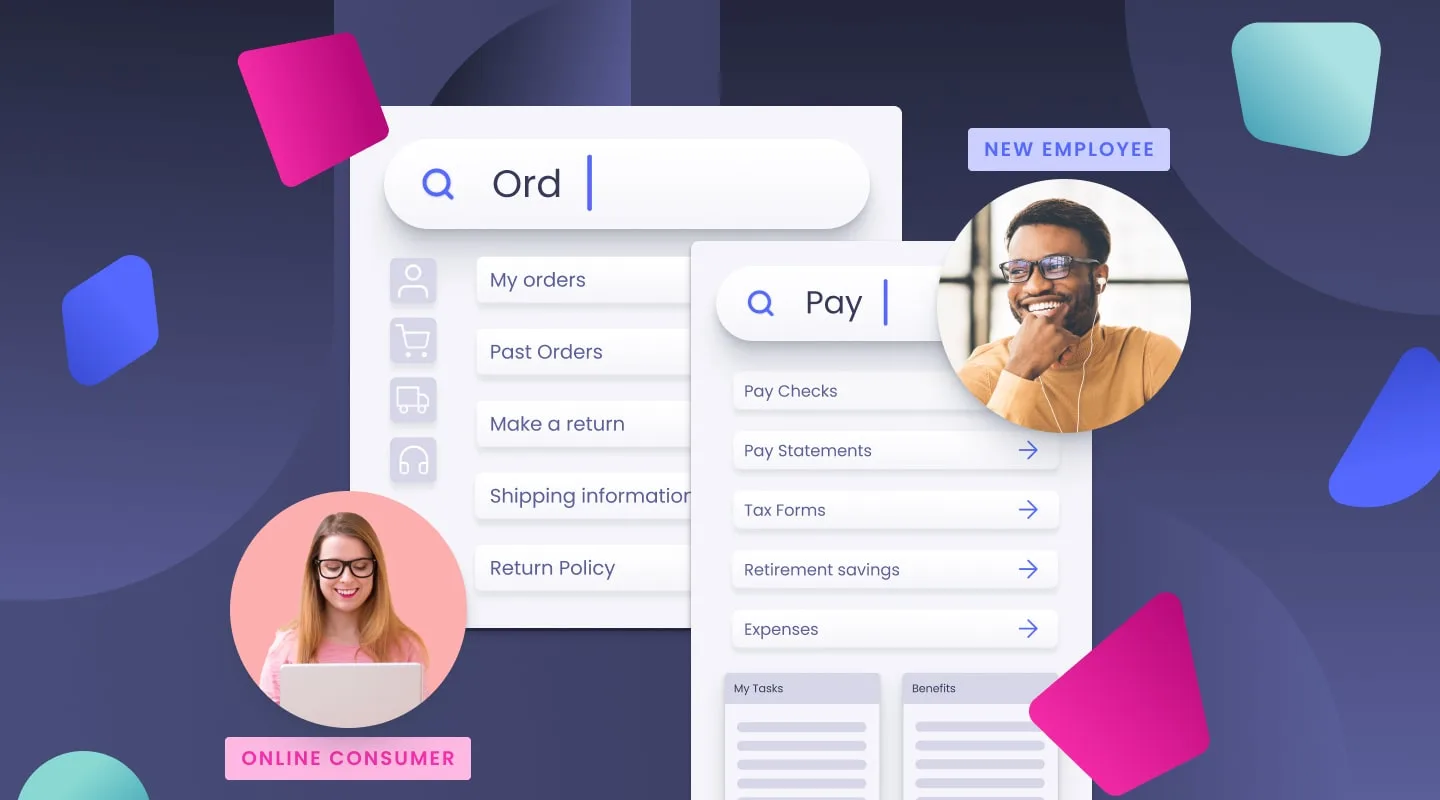What is dynamic pricing?
Dynamic pricing is a strategy where prices change, sometimes in near-real-time, based on a variety of pre-determined rules. The cost of an Uber ride, which goes up and down based on current demand, is a familiar example.
Dynamic pricing is determined by algorithms that typically need to be adjusted over time to deliver the desired results – profitability, market penetration, or other such business results. These algorithms in turn depend on data, and both the quality and quantity of the data play a major role in their success.
How did dynamic pricing originate?
Dynamic pricing dates back to the 1980s. When the arrival of budget options in the airline industry began chipping away at American Airlines’ comfortable margins, the company set up a new way of pricing its tickets. By making ticket prices on low-demand flights cheaper and tickets on high-demand flights more expensive, American was able to rise above the challenging market conditions in the not-so-friendly skies and compete with other airlines’ lower prices.
Since then, all the airlines have adopted a dynamic pricing model, and the algorithms that determine their prices have become more complex. To optimize flight prices, a modern dynamic pricing model considers the exact times and days that air travelers book their tickets. This means, for example, that a flight booked on a Thursday instead of a Monday will likely be offered at a lower price.
Several other industries have become well-known for dynamic pricing. Hospitality (hotels and vacation rentals), ride-sharing services that charge more during rush hour, and tickets for events such as concerts are good examples.
Dynamic pricing is also becoming a factor in retail. It is most common in ecommerce because making changes in an online system is quick and easy, and the new price can be displayed on a device instantly. Dynamic pricing has been implemented in some brick-and-mortar stores as well. Kohl’s is an example. In this case, prices are displayed on computerized shelf signs.
From rules-based pricing to machine learning
The technology behind dynamic pricing has evolved over time. The simplest form of dynamic pricing is rules-based pricing. With a rules-based system, experts establish rules, typically in an if/then format. For example, if a competitor’s price falls by over 5%, then we lower our price 3%. While this approach does work, it’s not easily scalable over large numbers of SKUs, as they may need different rules depending on the nature of the market. Also, it may not give the best results for every SKU. Some SKUs may be highly price-sensitive, while others are not. Finally, rule-based pricing requires constant human attention.
Newer pricing algorithms use a subset of AI known as machine learning (ML). ML-based algorithms are much more sophisticated. To begin with, they make decisions based on a wide range of data. Factors taken into account may include not only competitive pricing but historical sales data, customer demographics, market conditions, the time of day (or season), and internal factors like inventory, profitability goals and more.
More importantly, once operational, ML-based algorithms train themselves to make better and better decisions over time. They track what pricing is most successful in meeting the defined goals and deliver it – adjusting over time without human intervention. This degree of automation means that results can not only be maximized for important SKUs, but for all the SKUs in a catalog.
The time scale for price adjustments can vary widely. In some industries, notably airlines, prices change every few minutes. Ecommerce giant Amazon reportedly changes its product prices an average of 250 million times per day, and, according to one study, these changes are significant — as much as 20%. For most businesses, however, the data that feeds pricing algorithms doesn’t change that fast.
Dynamic pricing models
There are numerous models for dynamic pricing, each designed to meet a specific goal. Algorithms can execute on one single model or combine them. For example, an algorithm could be created to match competitive prices only in one geographical region. Here are some examples:
-
Competitive pricing bases the sell price on competitors’ pricing. This is typically used to match or beat a competitive price, or to stay within the range of competitors.
-
Cost-based pricing reflects materials, labor, warehousing costs and transportation costs (all of which may change over time).
-
Supply-based pricing can be used to reduce inventories when they’re too high.
-
Skim pricing involves offering new items at a higher price upon introduction, and gradually lowering that price over time.
-
Penetration pricing, as the name suggests, is designed to help a company penetrate a market or increase market share. This could mean a lower price for a specific market segment, or even a lower price for first-time buyers.
-
Volume pricing offers a reduced unit price after a certain quantity is reached.
-
Tiered pricing is a variant of volume pricing, where the buyer receives an increasingly lower unit price as higher quantity levels are reached.
-
Segment pricing is a general term for offering different prices to different segments of the total customer base.
-
Demographic pricing is specifically based on well-known segmentation factors such as age, gender, household income and so on.
-
Peak (surge) pricing refers to offering a special price during periods of peak demand, such as Black Friday or for items related to specific holidays (costumes for Halloween, roses for Valentine’s day, etc.).
-
Time-based pricing can refer either to the time of day or season. Many utilities charge a higher price for electricity during certain hours, for example. Plastic Christmas trees are much cheaper in July than in December.
-
Geographic pricing may reflect variations in customer demand related to regions or even zip codes.
Benefits of dynamic pricing
-
Competitive advantage. Pricing is always a competitive battleground, and automated dynamic pricing allows your company to respond to competitors’ pricing moves almost instantly in a pre-determined manner.
-
Increased revenue and profitability. When algorithms are properly adjusted, there is little doubt that dynamic pricing can increase both revenue and profitability.
-
Customer retention. Dynamic pricing can be used to build positive customer relations, for example by rewarding “loyal” customers with discounts.
-
Inventory management. By linking pricing to inventory levels, companies can lower prices to increase sales on overstocked items, sell fast-moving, low inventory items at a higher margin, or move items that are perishable or trendy only for a short time.
-
Increased overall control. Because dynamic pricing algorithms are automated, they can give you control over all your SKUs, not just the ones deemed most important. And most dynamic pricing solutions give you the opportunity to manually override the prices they generate.
Is dynamic pricing right for your brand?
While dynamic pricing has been successful for many brands, and holds out the clear promise of higher sales and profit margins, it’s not for everybody. Here are some questions to ask before embarking on a dynamic pricing initiative.
-
How price-sensitive are your customers? According to a Shopify study, 78% of consumers comparison shop for the best deal. Clearly, this indicates that price is important, but it also means that one in five buyers don’t shop for the best price. In fact, price sensitivity varies significantly from industry to industry. Another survey indicates that customers are willing to pay as much as 5% more for convenience.
-
Is your company risk-tolerant or risk averse? Dynamic pricing involves significant testing to see what works best, and some of the early tests may not deliver the expected results. Your company culture must be able to tolerate the ups and downs of testing in order to gain value over the long term.
-
What’s your data situation? It can’t be repeated often enough that success in dynamic pricing depends on good data, usually from multiple sources. If you’re not collecting the relevant data, you need to consider what level of investment will be required to obtain good data and whether the budget is available.
-
How price-competitive is your marketplace? Your actions related to pricing will affect those of your competitors, and you need to take this into account. The last thing you want to do is start a price war that hurts everybody.
Challenges of dynamic pricing
The goal of dynamic pricing is ultimately to improve the bottom line over time, and ecommerce retailers who choose this strategy need to make sure that it doesn’t backfire. Here are some specific challenges:
-
A customer revolt. According to one study, 68% of consumers see dynamic pricing as a form of price gouging, and they may abandon a brand as a result. This is the worst-case scenario and may not commonly occur. At minimum, however, dynamic pricing can tarnish a brand’s image. When tickets for Bruce Springsteen’s 2023 concert reached over $4,000, his image as a working man’s hero was certainly damaged.
-
Customer mistrust and reduced loyalty. Even when customers don’t abandon your brand, they may adopt a different attitude, one of us-vs-them. This in turn can undermine loyalty and lead them to seek out new sources.
-
Altered behavior. Once customers realize that prices are going to change over time, they may modify their behavior accordingly. For example, they may delay their purchase hoping for a lower price and end up not buying at all. It’s important to be on the lookout for behavior like this that runs counter to business goals of higher profitability.
What does it take to implement dynamic pricing?
Like every new initiative, implementing dynamic pricing involves a number of steps.
-
Establishing goals. The first step is to make sure dynamic pricing is in line with your company’s broad business goals. Then it’s time to be specific For example, is the goal higher profitability, market penetration for a new line of products, staying even with competitors pricing or some other goal?
Quantifying goals. Once business goals have been established, it’s important to quantify them, and make sure that you will have the ability to measure results in a timely manner.
-
Dealing with data. When it comes to data, the old maxim, “garbage in, garbage out,” definitely applies. Whatever the trigger factors for a price change may be – supply vs. demand, competitor moves, increased costs and so on – you must have the capability to access the systems where the relevant data resides If your dynamic pricing is cost-based, for example, it won’t work well unless you can access item-level costs. This may require additional IT talent to accomplish the necessary “data wrangling” to prepare and clean data to put it into action.
-
Vendor selection. Different vendors offer different feature sets, implementation challenges, levels of customer support and of course pricing. Dynamic pricing is a big commitment and it’s important to choose carefully.
The ethics of dynamic pricing
Companies implement their dynamic pricing strategies in different ways, but regardless of the variables they use, and whether they employ real-time dynamic pricing or changes that are less rapid, data-driven price optimization is a business practice that can inspire strong ethical concerns among consumers.
It could be argued that the business ethics of personalized pricing have always been a gray area. Haggling in markets has gone on literally for centuries, resulting in different prices for different buyers. On a larger scale, companies have long differed about how they are willing to go with price manipulation to maximize profit. Today, the ability of companies to confidently make quick, data-driven pricing changes has added a new decision-making twist. The promise of higher margins is always tempting, but margins may not be the only issue that merits consideration.
Some of the ethical concerns about dynamic pricing include:
Electronic “stalking.” Data-driven dynamic-pricing uses vast amounts of customer behavior data, which is obtained via background activity tracking. Is this historical data being collected and used, as some would see it, “against” consumers? Should this tracking be allowed?
Fairness. Should the amount customers have to pay for goods change because of their age, occupation, location, home value, or some other demographic? Should price discrimination methodology for different customers be allowed so that companies can boost their financial KPIs? Should some people be forced to pay high prices while others enjoy low prices? Uber, for example, may charge more if they think customers are willing to ante up. If customers become aware of these types of inequities, the result can seriously damage your reputation.
Transparency plays a very important role in consumer acceptance. According to an examination of the issue by Deloitte, “Success depends on a dynamic pricing mechanism that provides visible benefits to the consumer and aligns price with value delivered in a consistent and predictable manner.”
The upshot
Today’s data-driven capabilities pose a difficult question to ecommerce companies: Is there a way to use technology to assess the right market price, maximize profit, and also recognize the importance of consumers? Can they still be seen not merely as data points who can maximize profit but human beings who are likely to be loyal and valuable customers when treated well? In other words, is it possible to implement an ethically sound dynamic pricing strategy?
The answer is: maybe.
In dynamic pricing’s favor is the fact that shoppers are already used to paying different prices from time to time. Ecommerce retailers often offer promotional pricing and discounts based on the status of their supply chains. Seen from this point of view, dynamic pricing isn’t that far off. But, as noted in the section on challenges, more than two-thirds of customers don’t agree.
There is one alternative way that online retailers can be dynamic in the name of increasing their revenue.
A viable alternative: dynamic discovery
The term “dynamic discovery” sounds a lot like dynamic pricing, and it’s also focused on maximizing profit. But it’s a fundamentally different approach.
Instead of using customer data to make continual price adjustments, dynamic discovery uses consumer data to present to the target shopper the most relevant products, deals, and discounts while maintaining the same item pricing across the board for everyone.
In this era of new consumer consciousness about big data ethics, making the jump from a business model that embraces dynamic pricing to a dynamic discovery approach can help safeguard your brand’s reputation. Fixed prices delivered “dynamically” can also help you build stronger relationships with your customers and become a more trusted brand.
Discover a new dynamic
If you’re looking for an ethical alternative to potentially consumer-alienating dynamic-pricing practices and your business needs to increase conversions and ensure economic efficiency, check out Algolia’s discovery capabilities.
At Algolia, we specialize in guiding users to the right place.
Algolia’s AI Ranking capabilities creates the best search result outcomes by leveraging multiple data points — ranging from audience behavior to per-item popularity – to create a final ranking that is explainable, configurable, relevant to the shopper, and optimized for specific business goals. Any event on your site — clicks, purchases, inventory levels, etc. — can be used to re-rank your content to drive better outcomes. A/B test multiple “signals” at once to find the one(s) that drive better outcomes for you and your customers.
You can optimize organic shopping experience with static pricing that never makes your customers question your ethics. Ask our account team about AI Ranking or start building out a new site-search solution free.
AI Search
The results users need to seeAI Browse
Category and collection pages built by AIAI Recommendations
Suggestions anywhere in the user journeyAdvanced Personalization
Tailored experiences drive profitabilityMerchandising Studio
Data-enhanced customer experiences, without codeAnalytics
All your insights in one dashboardUI Components
Pre-built components for custom journeys





